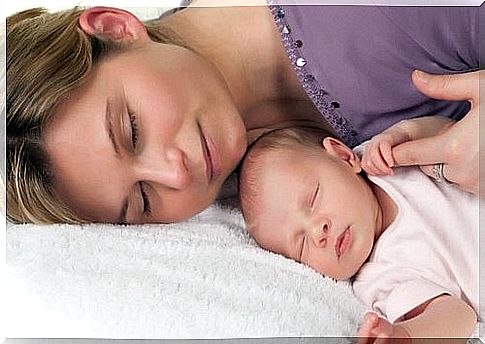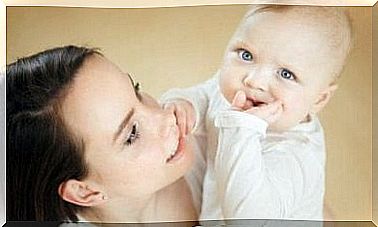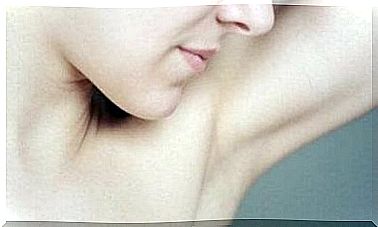Preventing Sudden Infant Death

One of the most difficult events in a mother or father’s life is sudden infant death syndrome (SIDS).
When diagnosed with cot death , a child dies suddenly at less than one year of age and an exact cause of death cannot be determined, even after a thorough medical and legal examination, including an autopsy.
According to a sudden death study published by the Spanish Association of Pediatrics, around 900 children die from SIDS each year in Spain.
This syndrome is also the leading killer of babies between 1 month and 1 year old in the United States. Approximately 2,300 babies die from SIDS each year in the United States.
Sudden death most commonly affects infants between 1 and 4 months of age, and 90% of infants under 6 months of age.

Why does it happen
Most experts believe that SIDS can occur when a baby has an underlying vulnerability (for example, abnormal or immature function of the heart or respiratory system). It may also be that they were exposed to certain risk factors (such as sleeping on their stomach or in soft or padded beds) at a crucial stage in their development.
But the truth is that there is still no scientific basis that explains why children suddenly die. What is certain is that it does not happen occasionally or sporadically. Therefore, a group of pediatricians have developed certain strategies to prevent this syndrome from affecting children.
One of these is to let the baby sleep on its back. This means that the child has to lie face up.
This contradicts what our mothers and grandmothers always told us when they recommended that the children sleep on their stomachs or on their sides. This was to avoid that they do not choke by vomiting. And although some pediatricians recommend this, science says otherwise.
In 2000, the American Academy of Pediatrics (AAP) revised its recommendations at the time to reduce the risk of sudden infant death syndrome. Recent research has shown that the safest position to sleep is to lie on your back.
When a baby sleeps on their stomach, they are more likely to overheat, stop breathing, and breathe in the air they just exhaled, which is lacking in oxygen.
The AAP Council recommends:
- Sleeping supine (on your back)
- Use of a hard surface (mattress)
- Breastfeeding
- Share the room with the baby, but not the bed
- Vaccinate the baby
Other Recommendations
The use of pacifiers is recommended as a protective factor against SIDS.
It is also suggested to avoid soft guards, pillows or blankets in the crib that could choke the infant. Also, avoid excessive heat in the room.
Avoid exposure to tobacco in all of its forms. Convince pregnant women not to smoke, just like others who smoke around them.
Similarly, they advise against using alcohol and / or other drugs for both parents.
Ways to Prevent Sudden Infant Death Syndrome

Share the room
One of the recommendations of pediatricians is to share the space with the baby so that the child gets more attention. However, they do not advise sharing the bed, although that can be discussed.
There are cultures and experts who encourage sleeping together, in which the child sleeps with an adult, usually in bed and often with the mother, for several hours.
Co-sleeping, a widespread and long-standing practice, has not been used in Western countries for the past 200 years. Without evidence, it is argued that early separation from the mother is better for the child’s autonomy
This custom is deeply rooted in Japan, Hong Kong and among Bangladeshi immigrants in London – cultures where SIDS is very rare.
Some studies say that sharing the bed improves breathing stability, oxygen supply, and thermoregulation, and promotes waking up with the mother.
It also increases independence. It also improves the child’s psychological development and does not cause behavioral or personality problems as is claimed.









